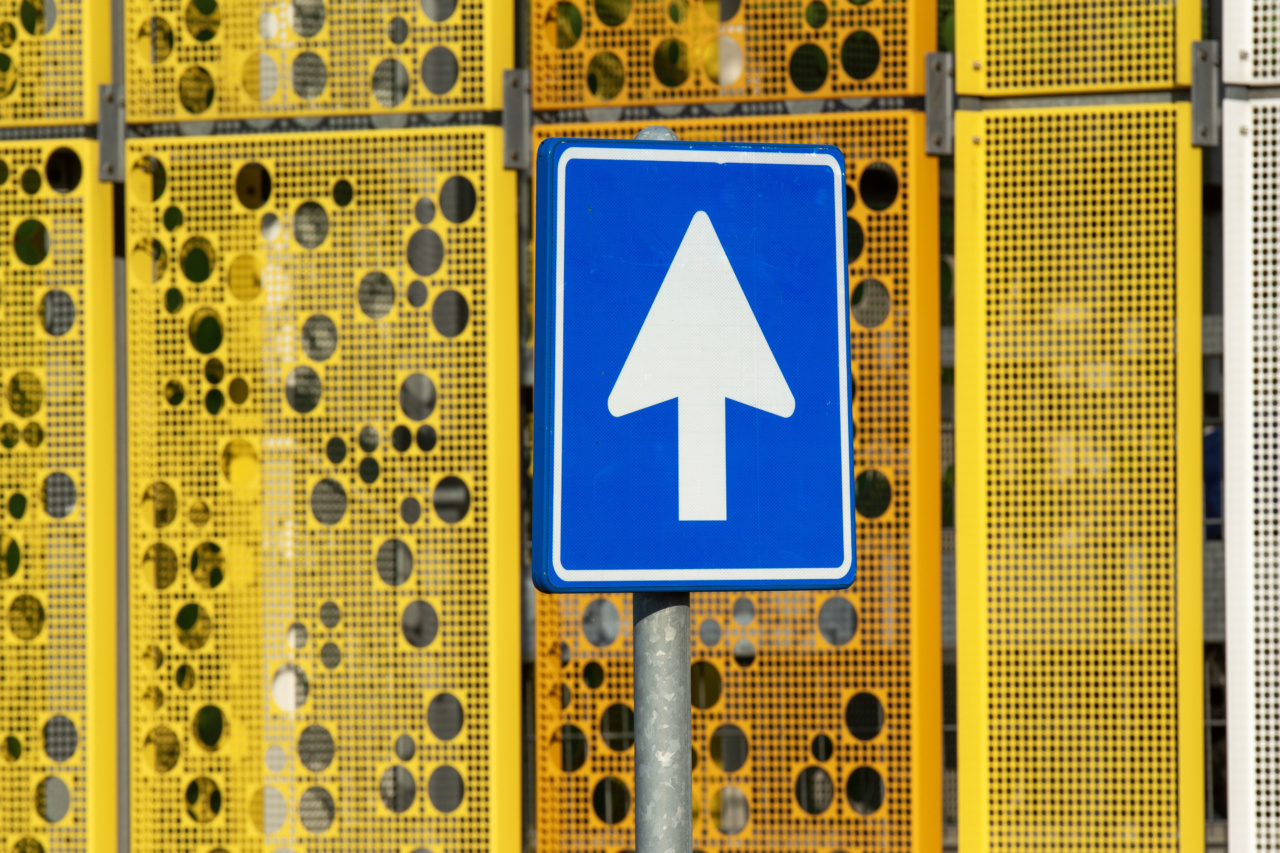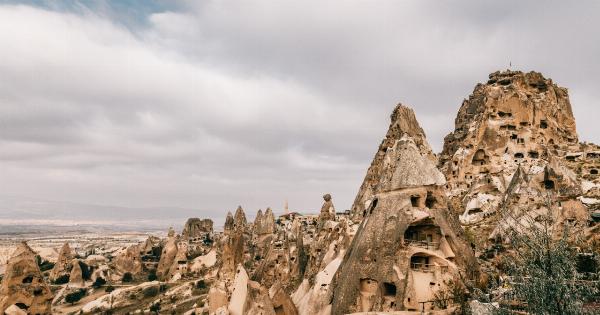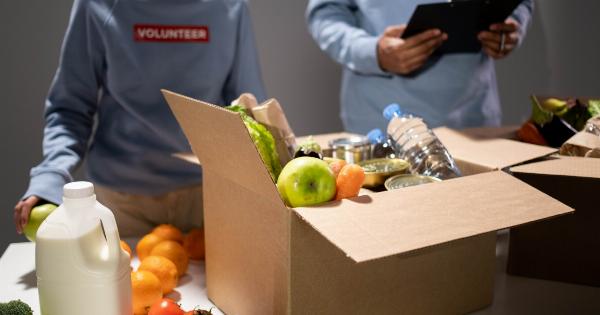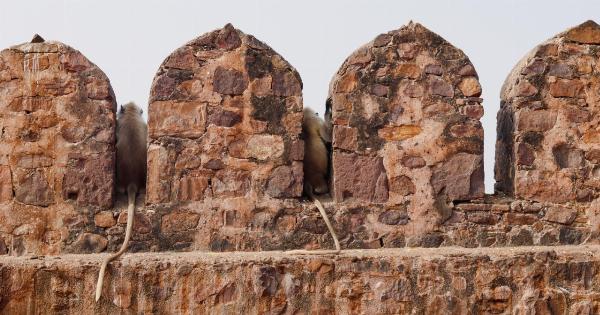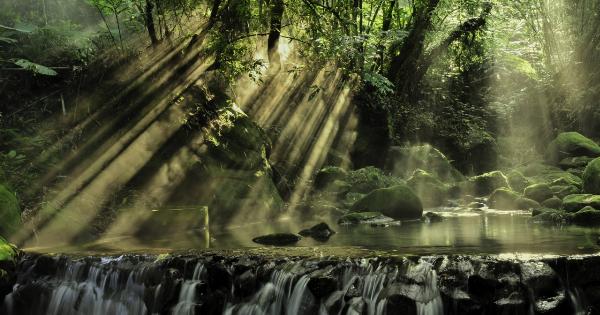Waterfalls are not only breathtaking natural wonders but also potential traffic hazards. Due to their beauty and popularity, waterfalls often attract a large number of visitors, which can lead to increased traffic congestion and safety concerns.
In this article, we will explore the various ways in which waterfalls contribute to traffic hazards and discuss measures that can be taken to reduce these risks.
The allure of waterfalls
Waterfalls have a magnetic appeal for people of all ages. The graceful flow of water plunging against the backdrop of lush greenery and rock formations can captivate the imagination and provide a sense of tranquility.
It is no wonder that waterfalls often feature prominently in travel itineraries, drawing large crowds of tourists and locals alike.
Traffic congestion at waterfall sites
As more people flock to waterfalls for recreational activities such as swimming, picnicking, and photography, traffic congestion in the vicinity of these natural attractions becomes a common occurrence.
Limited parking spaces, narrow access roads, and inadequate infrastructure can lead to significant disruptions in traffic flow. Increased congestion can result in long queues, delays, and frustration among visitors.
Safety risks for pedestrians and motorists
The congestion caused by heavy traffic can pose serious safety risks for both pedestrians and motorists. Visitors often have to park their vehicles far from the waterfall site and walk alongside busy roads to reach their destination.
This exposes them to the danger of accidents and reduces their overall safety.
Impact on local communities
Waterfall tourism can bring economic benefits to local communities, but it can also have negative consequences. The influx of visitors can place a burden on the infrastructure, overwhelm public services, and put a strain on natural resources.
It is essential to strike a balance that ensures the sustainability of tourism while minimizing adverse impacts on the local environment and residents.
Measures for traffic hazard reduction
Recognizing the importance of reducing traffic hazards at waterfall sites, various measures can be implemented to address these concerns.
1. Improving infrastructure and access roads
Investing in the improvement of infrastructure and access roads is crucial to mitigate traffic congestion. Widening roads, constructing additional parking spaces, and developing alternative routes can help accommodate increased traffic flow.
Creating separate pathways for pedestrians can improve safety and reduce the risk of accidents.
2. Creating designated parking areas
Designating specific parking areas for visitors and enforcing parking regulations can minimize haphazard parking and ensure efficient use of available space.
Clear signage directing visitors to these designated parking spots can help streamline traffic and reduce confusion.
3. Implementing traffic management strategies
Traffic management strategies, such as deploying traffic police officers or installing traffic signals, can help regulate the flow of vehicles and ensure orderly movement.
This can prevent bottlenecks and aid in maintaining a smooth traffic flow, reducing the risk of accidents.
4. Promoting alternative modes of transportation
Encouraging visitors to utilize alternative modes of transportation, such as public buses, shuttles, or bicycles, can help alleviate traffic congestion.
Offering reliable and convenient transport options can incentivize individuals to leave their vehicles behind, reducing the overall number of cars on the roads.
5. Spreading awareness through education and signage
Increasing public awareness about the potential traffic hazards associated with waterfalls is essential.
Informative signage highlighting safety guidelines and emphasizing responsible driving can remind visitors to exercise caution and be mindful of others on the road. Educational campaigns targeting both locals and tourists can contribute to responsible and considerate behavior.
6. Implementing visitor management measures
Visitor management measures, such as limiting the number of visitors per day or implementing time slots for entry, can help regulate the flow of people and vehicles.
This allows for better crowd control and reduces the strain on parking facilities and access roads.
7. Collaboration with local stakeholders
Collaboration between local authorities, tourism organizations, and other stakeholders is vital in addressing traffic hazards at waterfall sites.
Effective communication and cooperation can lead to the development of sustainable solutions that benefit both the visitors and the local community.
8. Conducting regular safety assessments
Regular safety assessments of waterfall sites can identify potential hazards and enable authorities to take prompt remedial action.
Periodic evaluations of infrastructure, traffic management systems, and visitor facilities are essential to ensure continuous improvements and the safety of all individuals.
9. Sustainable tourism practices
Promoting sustainable tourism practices is crucial in minimizing the impact of waterfall tourism on both the environment and local communities.
Encouraging responsible behavior, respecting designated areas, and maintaining cleanliness can contribute to a positive visitor experience while preserving the natural beauty of the waterfall sites.
10. Monitoring and evaluation
Effective monitoring and evaluation of implemented measures are essential in assessing their effectiveness and identifying areas for further improvement.
Regular data collection, feedback from visitors, and collaboration with local residents can provide valuable insights that contribute to the ongoing management of traffic hazards at waterfall sites.
Conclusion
Waterfalls, although mesmerizing and captivating, can bring about traffic hazards due to their popularity and the subsequent increase in visitor numbers.
The implementation of appropriate measures and collaboration among relevant stakeholders can significantly reduce these risks.
By improving infrastructure, managing traffic efficiently, promoting alternative transportation methods, and encouraging responsible tourism practices, we can ensure that the allure of waterfalls remains intact while minimizing the impact on traffic flow and safety.
